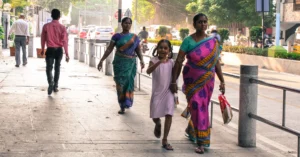
Maharashtra Urban Mobility Policy
Unlock the potential of Maharashtra’s urban mobility with the visionary Urban Mobility Policy. Embrace sustainable and equitable transportation solutions to create livable cities that prioritize people, accessibility, and environmental well-being.









